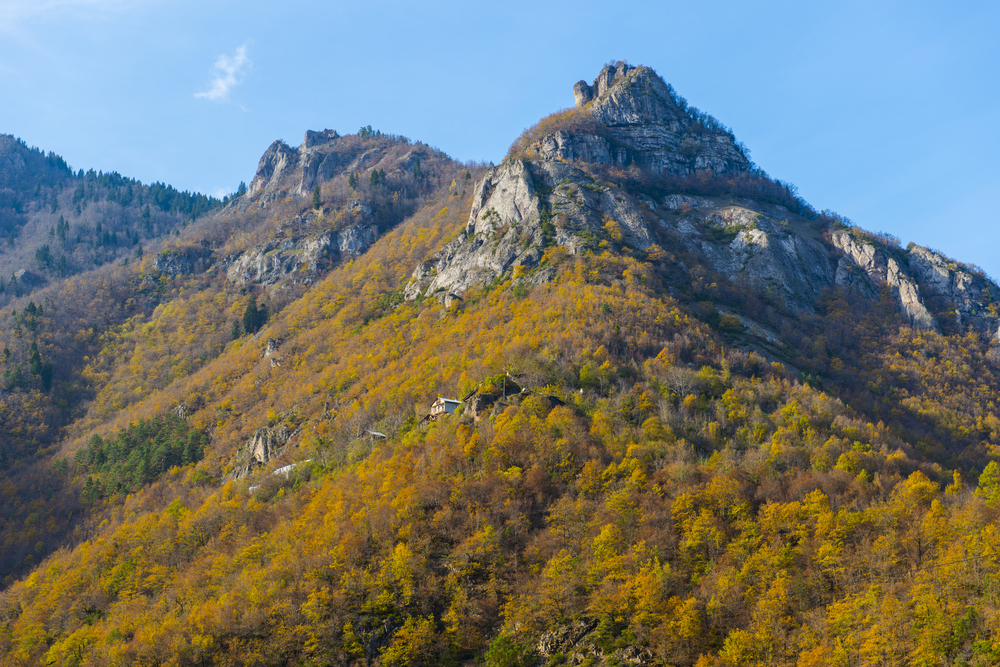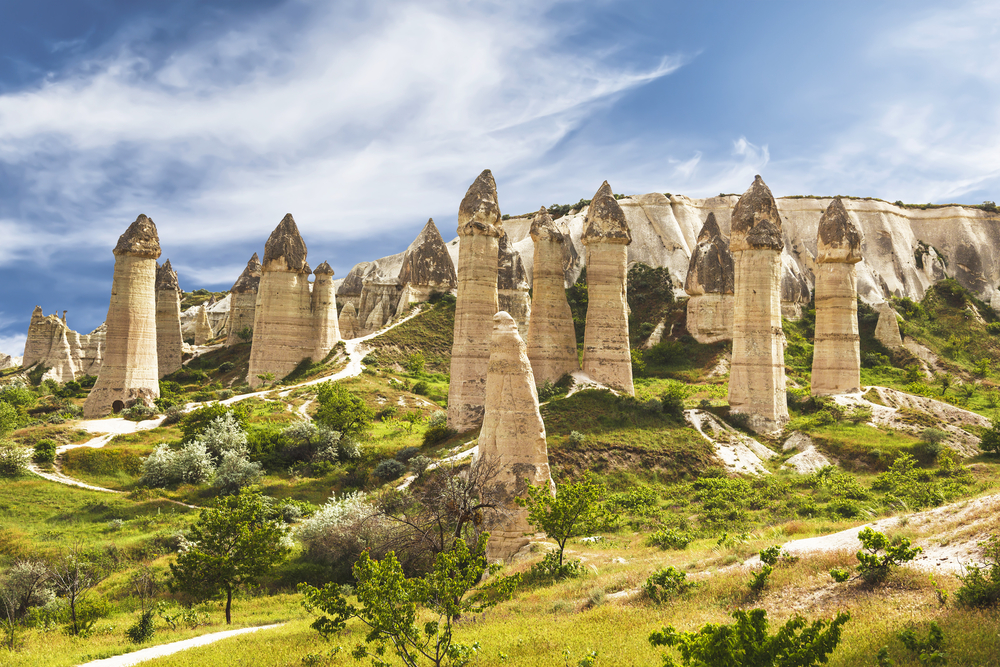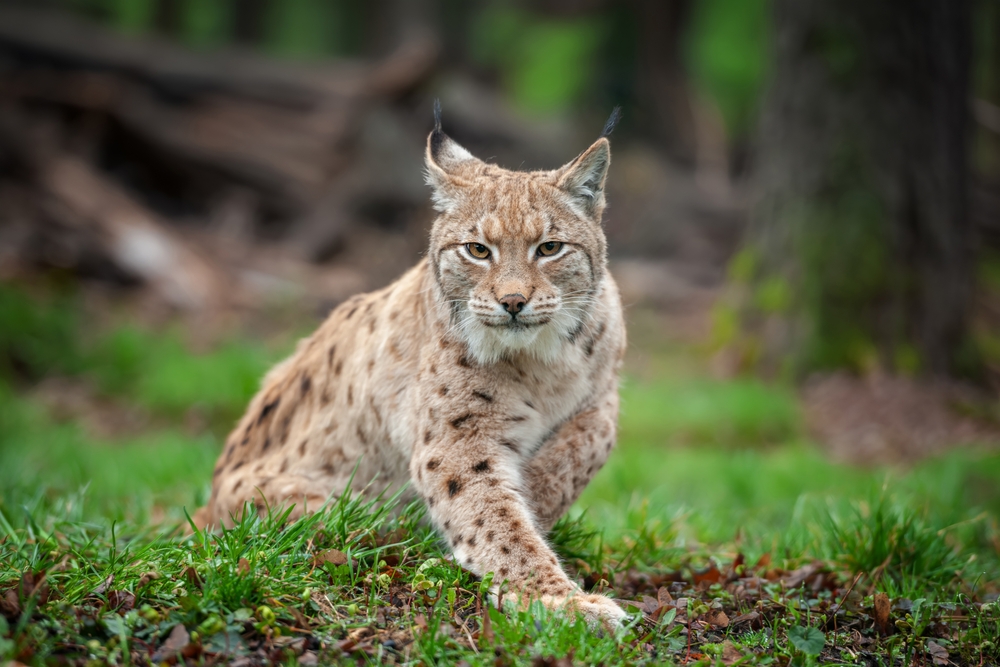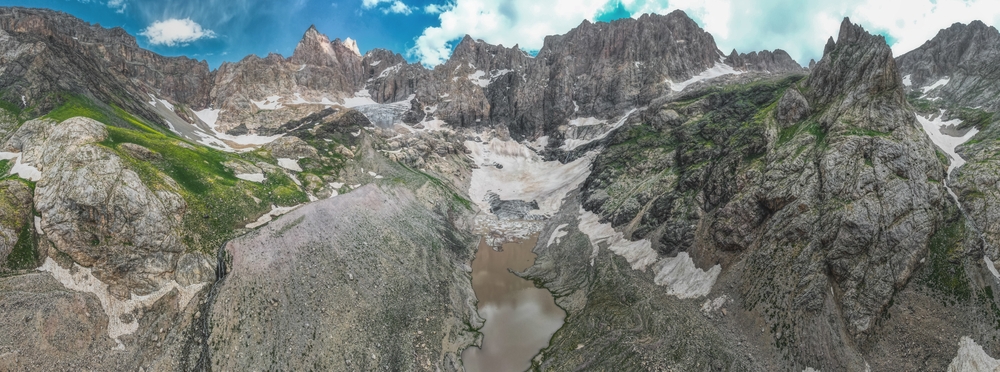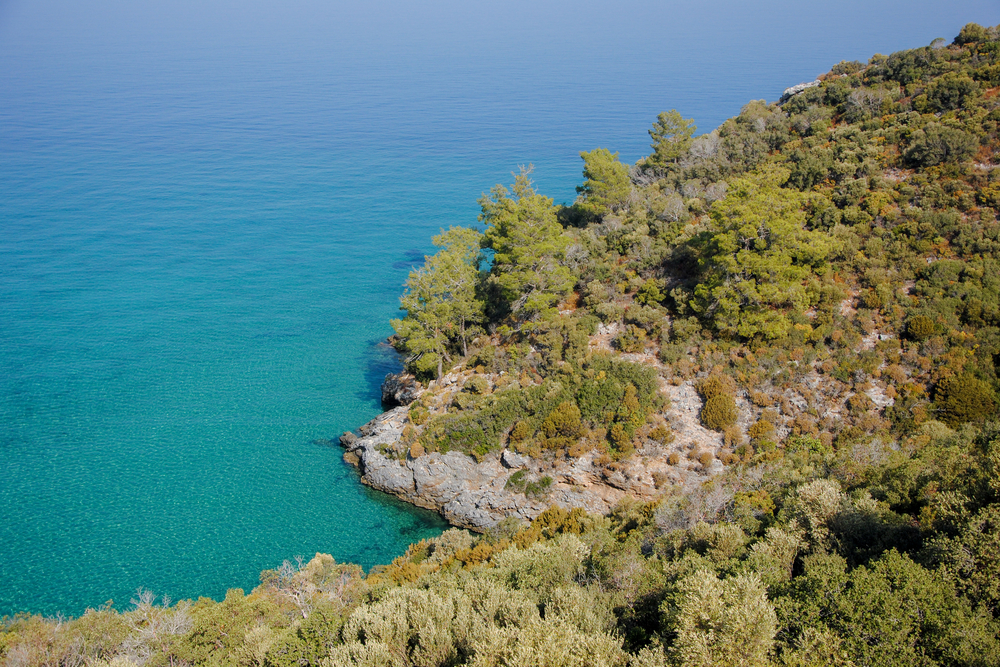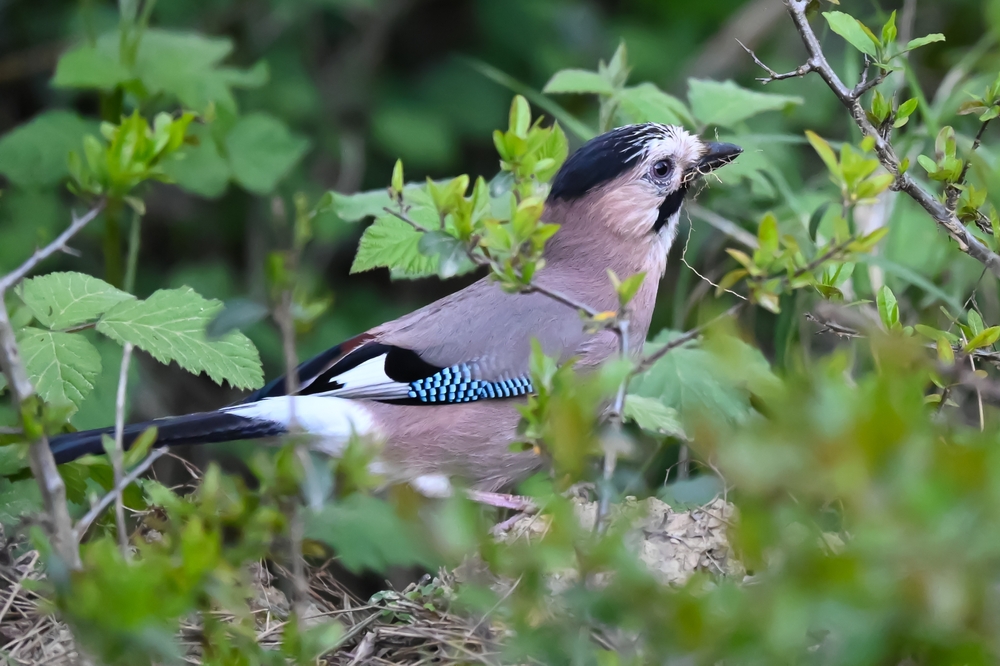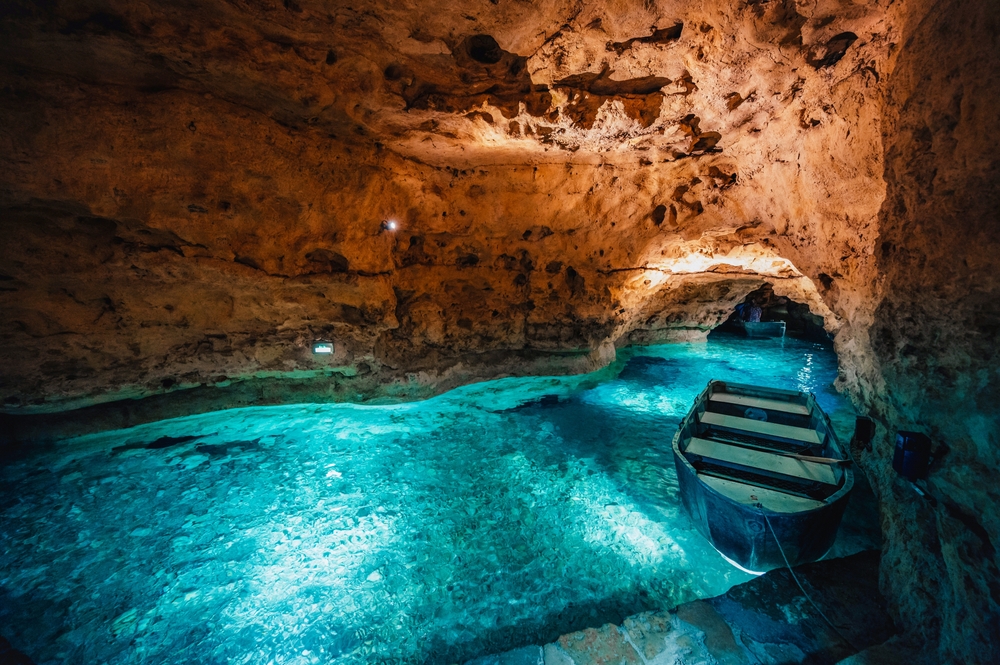Hatila Valley Overview
Hatila Valley National Park, known locally as Hatila Vadisi Millî Parkı, is a stunning natural reserve located in northeastern Turkey, within Artvin Province. The park covers approximately 52 square miles, or about 135 square kilometers, and lies near the eastern Black Sea region, where lush forests meet steep mountain valleys.
Carved by the Hatila River, a tributary of the Çoruh River, the park is a dramatic showcase of deep canyons, rugged cliffs, and narrow gorges. The terrain is defined by a network of steep slopes and ridges, with elevations ranging from 300 meters to over 3,000 meters above sea level.
These changes in altitude create a highly diverse landscape, where verdant riverbanks give way to alpine meadows and forested mountains. The geology of the park features a mix of volcanic rocks, schists, and granites, contributing to the unique topography and the formation of natural rock terraces and cliffs that frame the valley.
Vegetation in Hatila Valley National Park is exceptionally rich and varied due to its microclimates and elevation gradients. The lower elevations are home to dense deciduous forests composed of chestnut, hornbeam, and alder, while higher altitudes are dominated by spruce, fir, and pine.
The steep valley walls and ridges harbor many endemic plant species, and during the spring and summer months, wildflowers add bursts of color throughout the park. In some areas, Mediterranean shrubs and alpine flora coexist, a rare ecological overlap that enhances the park’s botanical significance.
The wildlife in Hatila Valley is just as diverse and intriguing. The park serves as a vital refuge for many mammals, including wild boar, brown bear, roe deer, red fox, and wolves. Lynxes have been reported in the more remote zones, and small mammals such as martens and hares are commonly spotted.
The area also supports an impressive array of birdlife, particularly raptors and forest species. Golden eagles, peregrine falcons, and common buzzards circle the sky, while woodpeckers, jays, and songbirds occupy the forest canopy. The combination of mountain, river, and woodland ecosystems provides excellent birdwatching opportunities year-round.
Popular features of the park include its sweeping vistas, hiking trails, and natural observation points that provide breathtaking views of the valley and surrounding mountain ranges.
The Hatila River, winding through the heart of the park, adds both aesthetic and ecological value, with its clear waters, waterfalls, and small pools attracting visitors and wildlife alike. The park also contains several scenic plateaus, such as Mersivan and Sakalpar, which are ideal spots for nature walks and picnics.
Visitors engage with Hatila Valley National Park through hiking, wildlife observation, nature photography, and guided tours. The park’s proximity to the city of Artvin makes it relatively accessible while still offering the feeling of deep wilderness. Well-marked trails and designated viewing platforms enhance the visitor experience without heavily impacting the environment.
Conservation in Hatila Valley National Park has been effective in preserving its ecosystems, largely due to its protected status since 1994. Challenges such as deforestation, illegal hunting, and infrastructure development remain concerns, but increased public awareness and responsible tourism practices have helped mitigate these threats.
Continued protection and careful management are vital to maintaining the park’s biodiversity and natural beauty.








































































